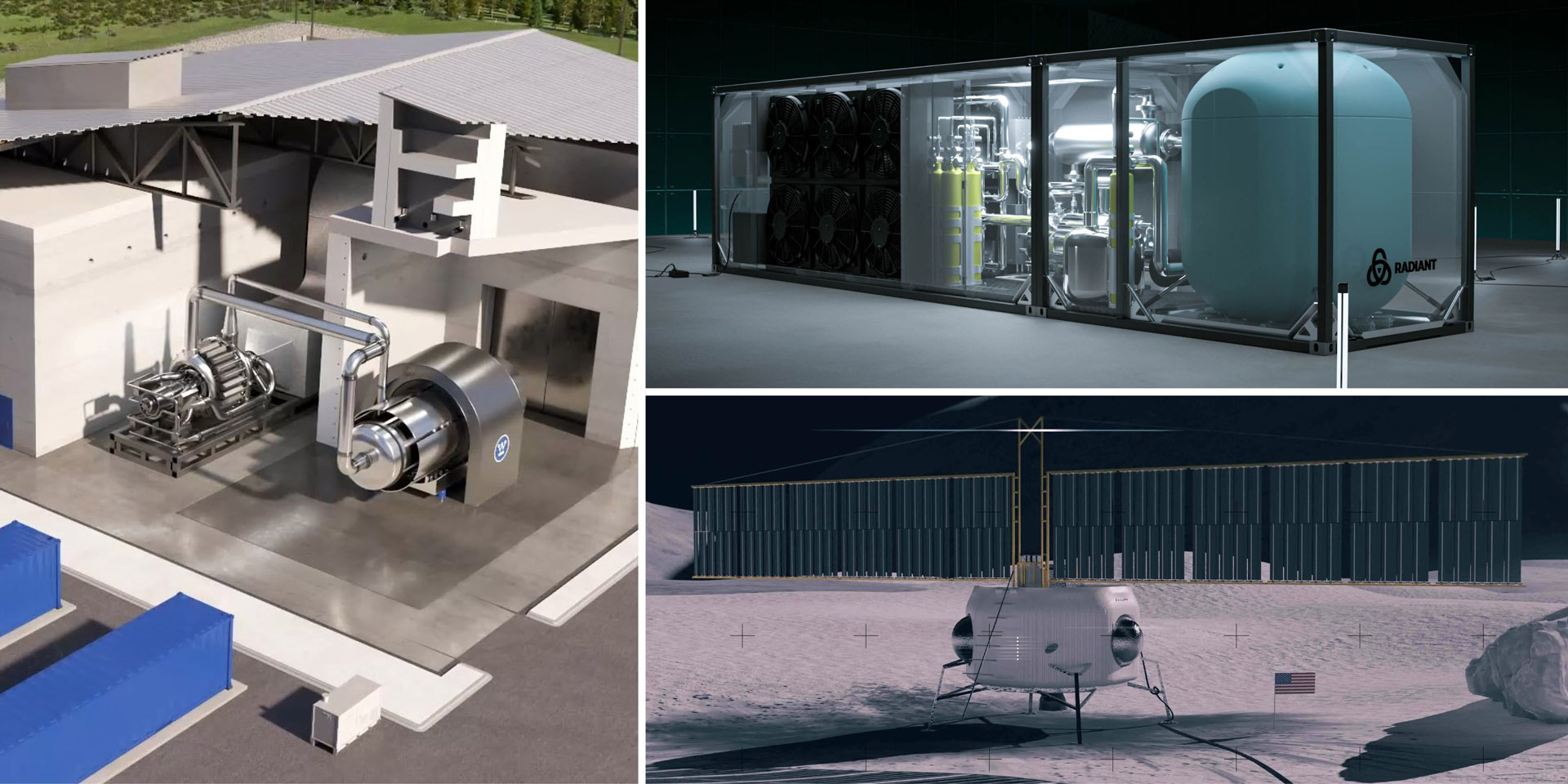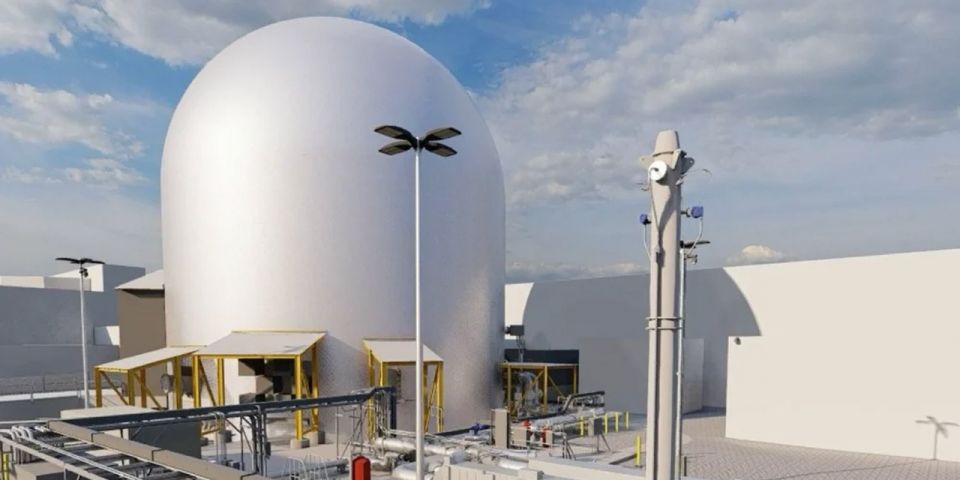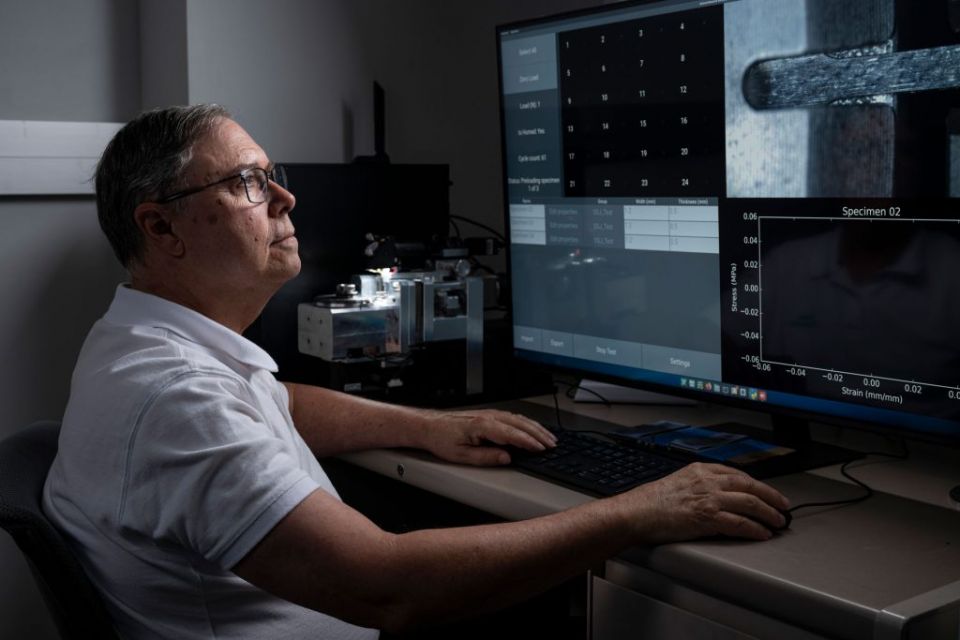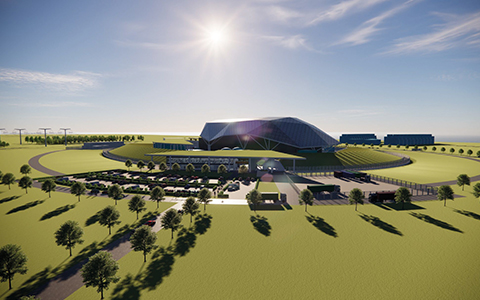Three developers get FEEED funding to test microreactors in INL’s DOME

The Department of Energy’s National Reactor Innovation Center (NRIC) awarded $3.9 million to three advanced nuclear energy developers on October 23 to design experiments to test microreactor designs in the Demonstration of Microreactor Experiments (DOME) test bed at Idaho National Laboratory.









